Prashant Ramanathan
Managing Diversity in Airbnb Search
Mar 31, 2020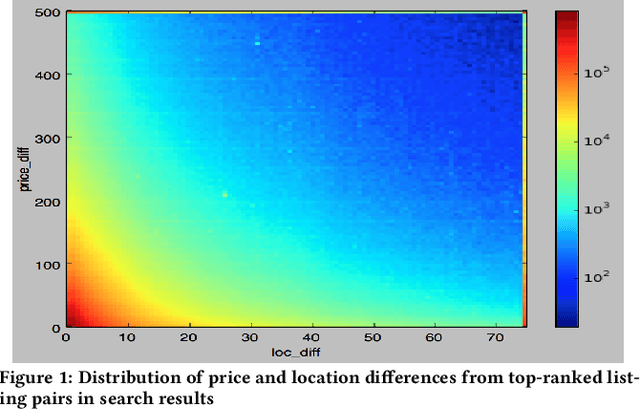
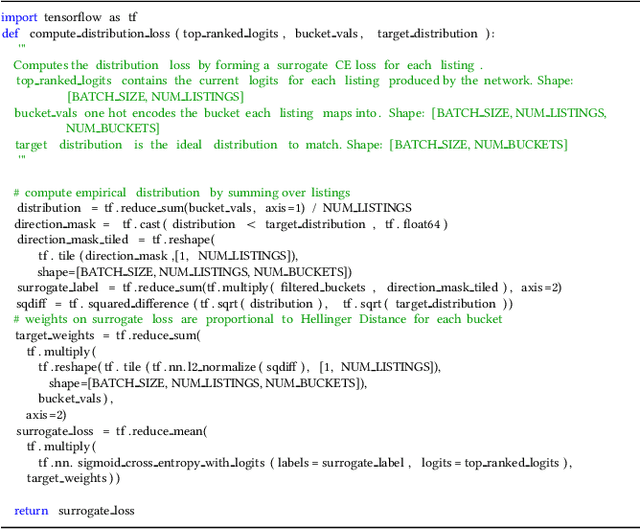
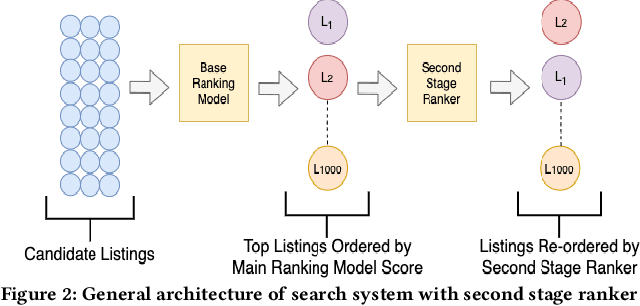
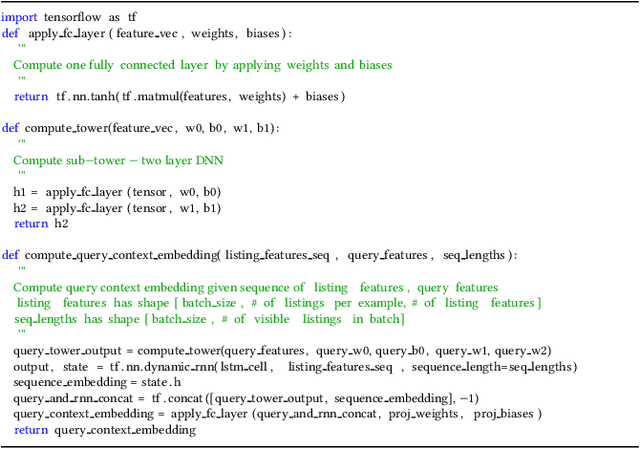
Abstract:One of the long-standing questions in search systems is the role of diversity in results. From a product perspective, showing diverse results provides the user with more choice and should lead to an improved experience. However, this intuition is at odds with common machine learning approaches to ranking which directly optimize the relevance of each individual item without a holistic view of the result set. In this paper, we describe our journey in tackling the problem of diversity for Airbnb search, starting from heuristic based approaches and concluding with a novel deep learning solution that produces an embedding of the entire query context by leveraging Recurrent Neural Networks (RNNs). We hope our lessons learned will prove useful to others and motivate further research in this area.
Improving Deep Learning For Airbnb Search
Feb 10, 2020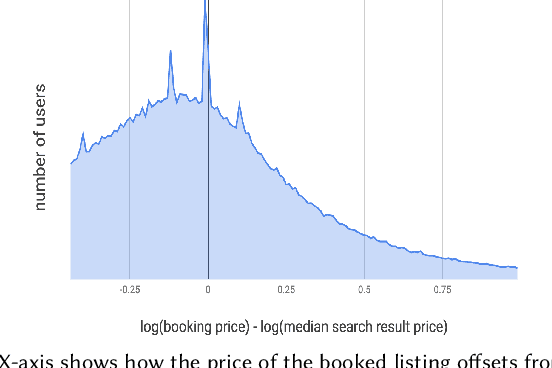
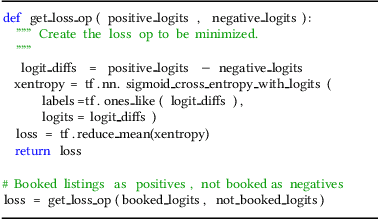
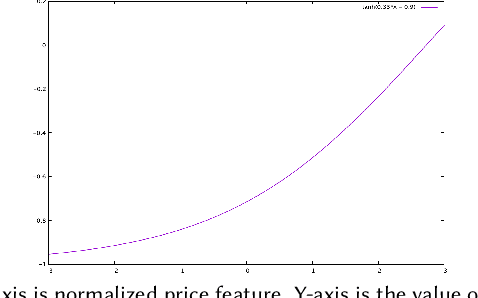

Abstract:The application of deep learning to search ranking was one of the most impactful product improvements at Airbnb. But what comes next after you launch a deep learning model? In this paper we describe the journey beyond, discussing what we refer to as the ABCs of improving search: A for architecture, B for bias and C for cold start. For architecture, we describe a new ranking neural network, focusing on the process that evolved our existing DNN beyond a fully connected two layer network. On handling positional bias in ranking, we describe a novel approach that led to one of the most significant improvements in tackling inventory that the DNN historically found challenging. To solve cold start, we describe our perspective on the problem and changes we made to improve the treatment of new listings on the platform. We hope ranking teams transitioning to deep learning will find this a practical case study of how to iterate on DNNs.
Applying Deep Learning To Airbnb Search
Oct 24, 2018
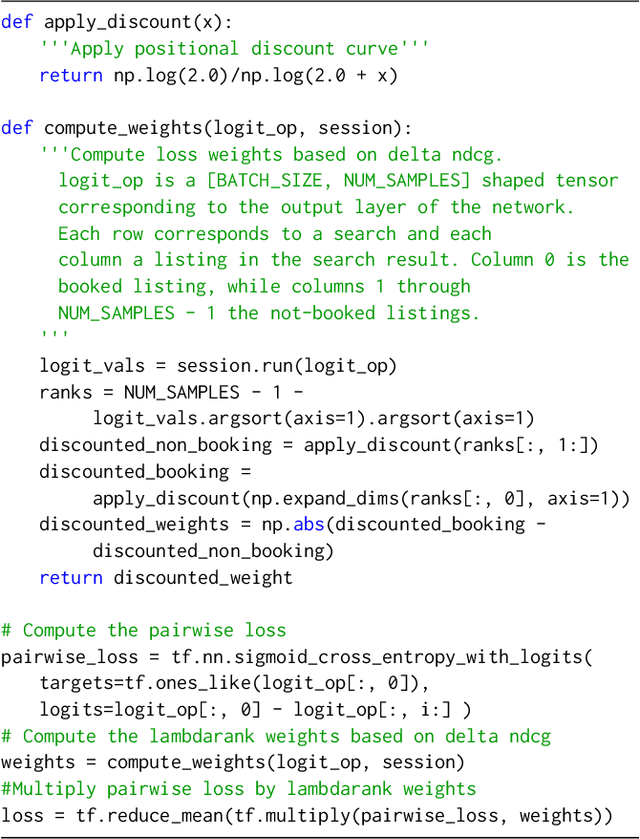
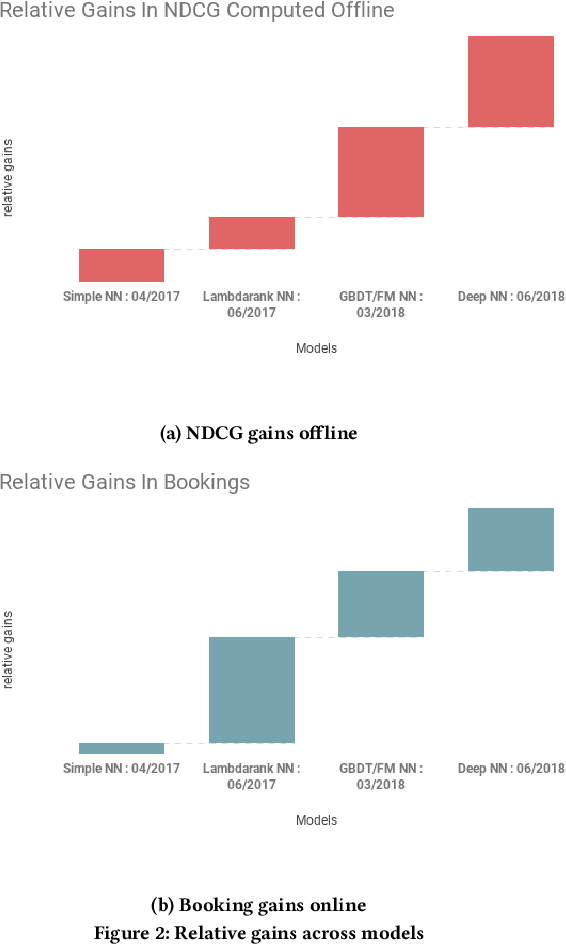
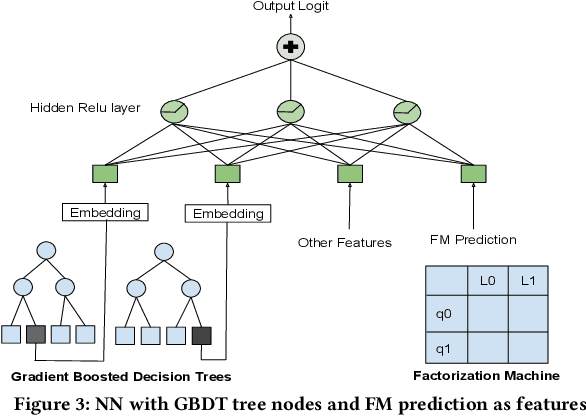
Abstract:The application to search ranking is one of the biggest machine learning success stories at Airbnb. Much of the initial gains were driven by a gradient boosted decision tree model. The gains, however, plateaued over time. This paper discusses the work done in applying neural networks in an attempt to break out of that plateau. We present our perspective not with the intention of pushing the frontier of new modeling techniques. Instead, ours is a story of the elements we found useful in applying neural networks to a real life product. Deep learning was steep learning for us. To other teams embarking on similar journeys, we hope an account of our struggles and triumphs will provide some useful pointers. Bon voyage!
 Add to Chrome
Add to Chrome Add to Firefox
Add to Firefox Add to Edge
Add to Edge